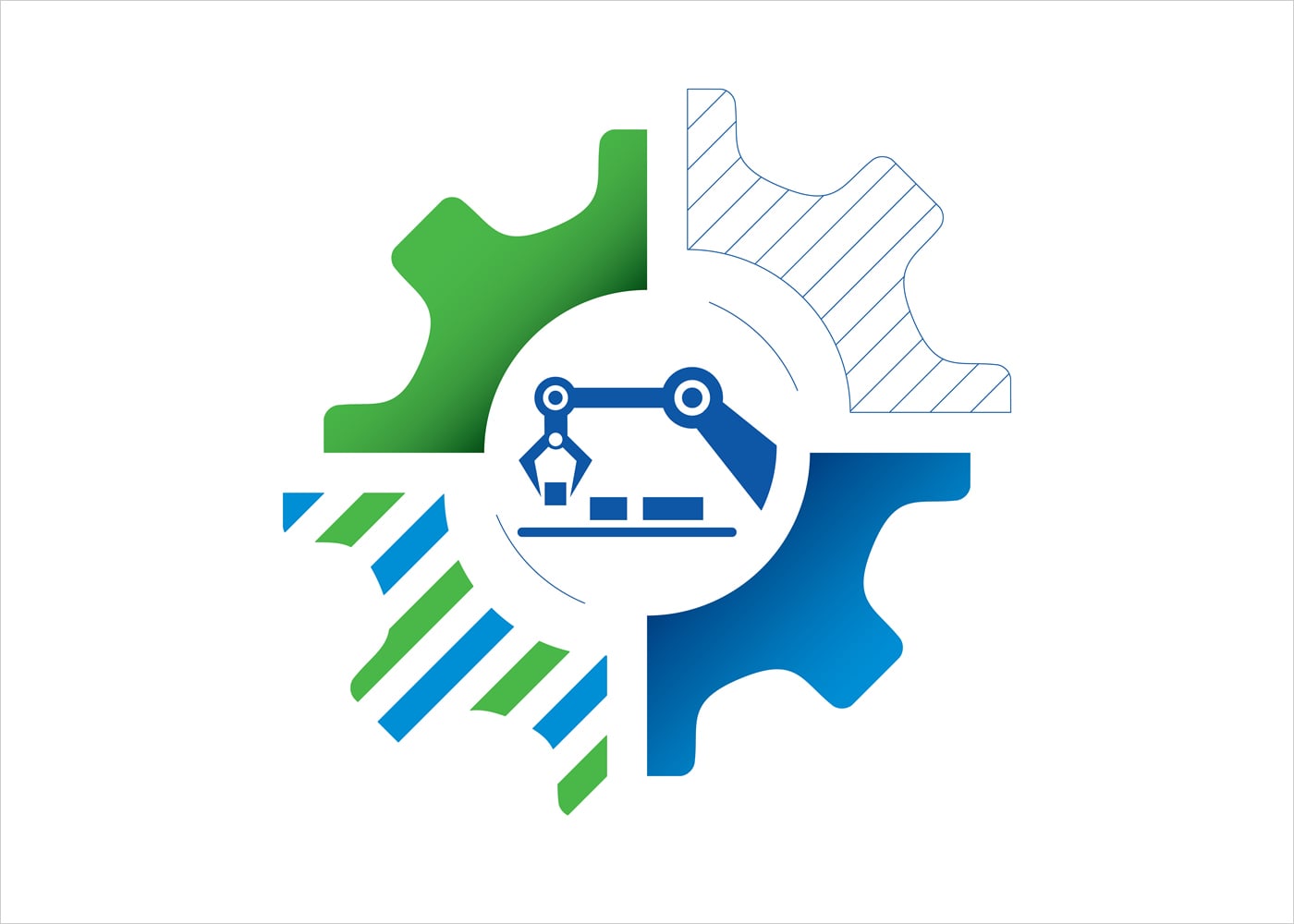Webinar Library
Get insights and information to grow your environment, health, safety and sustainability (EHS&S) programs. Our webinars feature recommendations, trends, lessons learned and best practices on EHS&S hot topics. NAEM members can download any webinar for free unless otherwise specified. Browse by category or view the full webinar library below.Looking for upcoming webinars? Click here.
-
Show Me the Money: Communicating Your Successes in Reducing EHS Costs
Cost: Free for members; members onlyExplore specific, replicable examples from EHS&S leaders on how they calculated and communicated cost savings on various EHS projects, and demonstrated the value their teams have added to their organizations.
-
How Agile Leads to Win-Win Software Implementation
Cost: Free for members; $49 for non-membersOne of the keys to a successful software purchase is how well the system is implemented. Learn how the use of agile strategies during implementation can help you achieve a more collaborative and iterative software implementation process.
-
Improve Enterprise Risk Management With Systems Thinking and New Technology
Cost: Free for members; $49 for non-membersLearn how different parts of an organization can function systemically, how effectively some of today’s inherently safer technologies can mitigate risk, and how to create a holistic portrait of risk using metrics from across your company.
-
Successful Supply Chain Sustainability Practices
Cost: Free, thanks to financial support from EYLearn strategies for tackling emerging areas such as integrating sustainability risk into procurement, supplier risk management and supply chain reporting.
-
How Leading Companies Are Setting the Next Generation of Sustainability Goals
Cost: Free, thanks to financial support from AECOMFind out what the sustainability goal-setting process looks like within leading companies.
-
How to Use Downstream Vendor Programs to Manage EHS Risks
Cost: Free for members; $49 for non-membersThis interactive webinar will teach you how peer companies have leveraged downstream vendors to reduce EHS risks and achieve their business goals.
-
Best Practices for Classifying Chemicals of Concern
Cost: Free for members; $49 for non-membersThis webinar will explore the use and value of different types of toxicity data, and teach classification schemes and other best practices for evaluating the data you have.
-
Results From Contractor Safety Management Benchmark
Cost: Free for members and non-membersLearn how peer companies are training, communicating with and managing contractors to ensure they remain safe at work. This webinar presents the results from NAEM's interactive benchmark on Contractor Safety Management.
-
NAEM 2019 Annual Member Meeting
Cost: FREE for Members, Members OnlyFind out what is on NAEM's agenda for the year to come during our annual Member Meeting.
-
Uncovering Forced Labor in the Supply Chain
Cost: Free for members; $49 for non-membersNearly 300 industry professionals surveyed from 150 companies stated that worker and human rights are companies' most significant priority over the next 1-2 years. Learn how to identify forced labor and worker rights issues in your own supply chain, as well as practical strategies to address them.
-
What the National Climate Assessment Means for Business
Cost: Free for members; $49 for non-membersExplore the key findings of the 2018 National Climate Assessment, which addresses the potential impacts of climate change to regional economies and industries. Learn how this could affect business, what your peers are doing to respond to the report, and more.
-
How to Make the Business Case for Air Quality Control
Cost: Free for members; $49 for non-membersThis webinar will walk you through examples of how air quality experts were able to use innovative techniques to communicate with stakeholders and resolve a complicated air quality issue.
-
Elevating Employee Wellness to a Strategic Business Initiative
Cost: Free for members; $49 for non-membersLearn how to build a holistic workplace wellness program that will address risk factors beyond physical hazards and task-related risks.
-
Safety Words That Work: Why Language Choices Can Change Your Safety Performance
Cost: Free for members; $49 for non-membersSafety managers are often tasked with communicating risks and the negative outcomes of those risks. What if the key to achieving outcomes could be the language you choose to describe them?
-
Strengthen Your EPA Reporting Assurance Using Business Intelligence Tools
Cost: Free for members; $49 for non-membersAs the EPA increases its attention to reported data accuracy, EHS managers need strong processes to ensure sound communications. Learn how to leverage business intelligence tools to verify data, flag inaccuracies and strengthen overall reporting.
-
Achieve Results With Your ESG Reporting
Cost: Free for members; $49 for non-membersHow are investors using the ESG information you provide to them? This webinar will give insights into what investors are looking for, how best to communicate risk and resilience, and how to position your company's ESG programs vis-a-vis the competition.
-
2019 EHS & Sustainability Salary Webinar
Cost: Free for survey participants; $49 for everyone elseHow much do EHS&S managers earn, and what variables affect compensation? In partnership with EHSCareers, NAEM presents its 2019 Salary Survey results, featuring detailed analyses of the effects of education, certifications, career stage and industry.
-
Why Companies Replace Their EHS&S Software Systems
Cost: Free for members and non-membersAdopting an EHS&S software system is a significant investment that takes months of planning, implementation and training. Learn why software customers replace their systems and what they have learned that can help you avoid a costly replacement.
-
What Artisanal Goat Cheese Can Tell Us About Food Safety
Cost: Free for Members, $49 for Non-MembersDo you work in Health or Safety? If so, this is the perfect webinar for you to attend. Join this webinar to learn why quality control is so important in cheese making and how to implement quality control and good manufacturing practices.
-
How Management Systems Achieve the Next Generation of Manufacturing
Cost: Free for Members, $49 for Non-MembersEnvironmental and social risk reveal themselves over time, which can impact many dimensions of a business – often outside of the corporation's control. Therefore, looking at risk strategies that are meant for long-term capacity is essential and necessary.




















